
Himachal Pradesh, a northern Indian state adorned with pristine natural beauty, boasts a diverse collection of lakes that captivate the hearts of visitors. From the tranquil shores of Dal Lake to the sacred waters of Manimahesh, these lakes are nestled amidst breathtaking landscapes. Each lake offers a unique experience, inviting travelers to explore its charm. The timing of visits varies with seasons—summer unveils pleasant boating excursions, while winter turns some into frozen wonders. Adventure enthusiasts can relish trekking trails leading to secluded high-altitude lakes, intertwining nature’s grandeur with trekking escapades. Embark on a journey to Himachal’s lakes, where weather, trekking, and natural allure converge for an unforgettable experience.
Exploring Himachal’s Enchanting Lakes
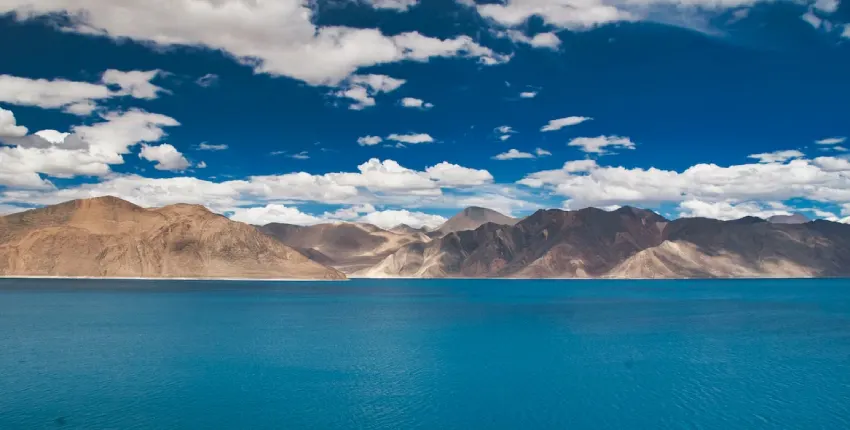
Himachal Pradesh’s diverse lakes offer captivating escapes. Delve into Dal Lake’s serenity and Manimahesh’s spiritual significance. Experience Khajjiar’s Mini Switzerland charm and the sacred aura of Renuka Lake. Discover the hidden gem of Prashar Lake and trek to Sar Pass’s high-altitude wonders. Weather shapes these paradises—visit in summer for boating, and winter for frozen beauty. Immerse in trekking tales leading to secluded lakes, experiencing Himachal’s nature at its finest.
As adventurer and travel enthusiast Maya recounts, “Dal Lake’s tranquility was a balm for my city-weary soul. The gentle breeze, the sound of water lapping against the boat, it was pure serenity.”
A Tranquil Retreat Dal Lake and Beyond
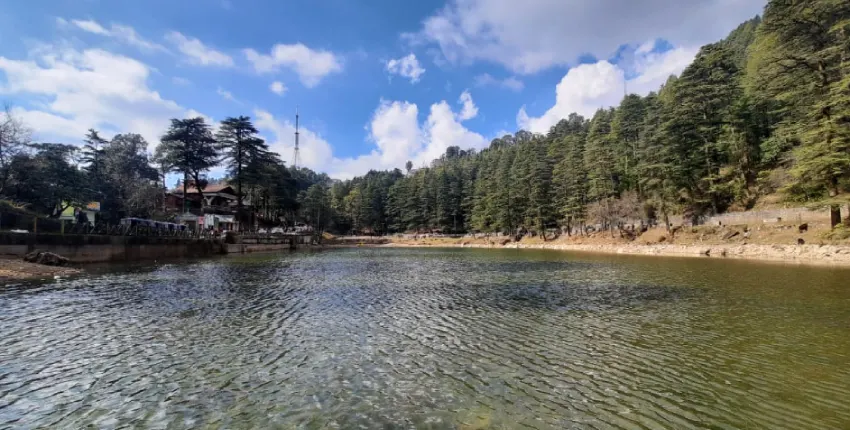
Dal Lake, near McLeod Ganj, is a serene haven. Enjoy boating amidst deodar trees, embracing the mild summer weather. Traverse to Manimahesh Lake for spiritual devotion and a challenging trek, ideal during August and September.
The serenity of Dal Lake is best experienced through the words of poet Ritu, who muses, “As the sun dipped below the horizon, Dal Lake transformed into a canvas of colors, reflecting the sky’s hues with a tranquil perfection.”
- Pack comfortable clothing, sunscreen, and hats for leisurely boating on Dal Lake. Consider bringing a camera to capture the stunning vistas.
- Choose sturdy walking shoes for the Manimahesh trek. Ensure they are broken in to prevent discomfort during the challenging journey.
- Prepare for the trek with appropriate clothing
Sacred Waters Manimahesh and Spiritual Significance
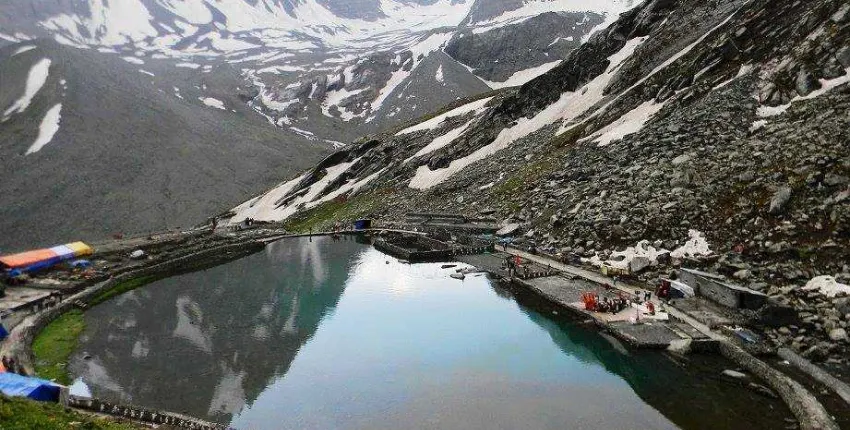
Manimahesh Lake, cradled in Bharmour’s embrace, holds deep spiritual reverence. Pilgrims embark on a demanding trek in August-September, drawn by the divine aura and natural beauty.
Manimahesh Lake’s spiritual magnetism is deeply felt by devotee Ravi, who shares, “The energy around Manimahesh is palpable—a blend of devotion and the untouched wilderness. It’s a place where nature and faith coexist harmoniously.”
- As Manimahesh Lake is a sacred site, wear modest and respectful clothing, especially during the trek and while at the lake.
- Equip yourself with trekking essentials like sturdy boots, warm clothing, rain gear, and a backpack. Also, carry a walking stick for added support.
Khajjiar Himachal’s Mini Switzerland and Its Lake
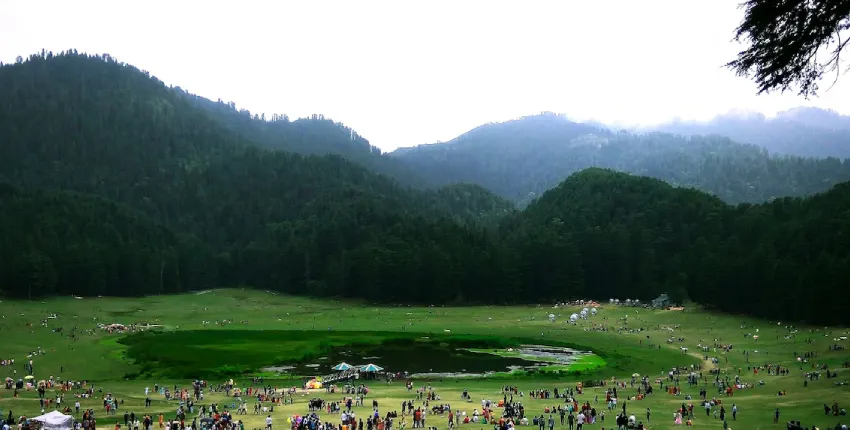
Khajjiar, India’s “Mini Switzerland,” boasts the captivating Khajjiar Lake. Visit in summer for its lush meadows, experiencing cool weather and stunning vistas.
Khajjiar’s allure resonates with traveler Nikhil, who reminisces, “Khajjiar’s meadows, crowned by the serene Khajjiar Lake, felt like a dream. Each step was a revelation, as if nature itself was unfolding its secrets before me.”
- Pack layers for Khajjiar’s changing weather. A light jacket is recommended for chilly evenings and early mornings.
- Bring a camera to capture the mesmerizing beauty of Khajjiar Lake and binoculars to enjoy birdwatching in the meadows.
Renuka Lake Where Myth Meets Nature
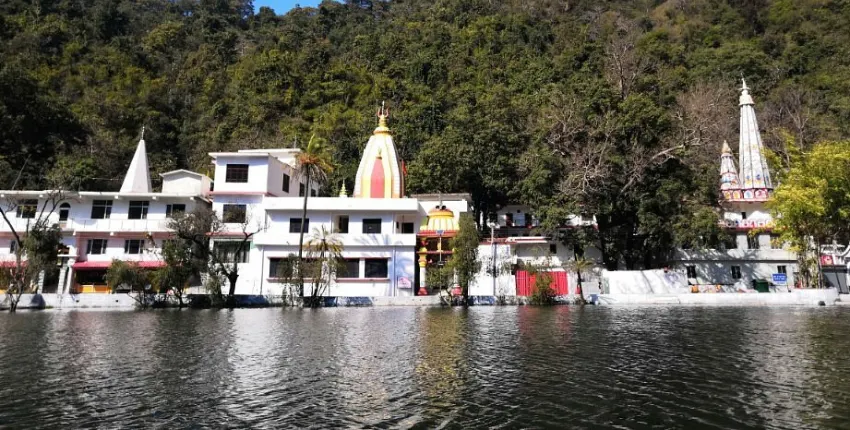
Renuka Lake, Himachal’s largest natural lake, is steeped in mythology. The annual Renuka Fair, during November, offers cultural immersion amidst the mild climate.
Trekker and nature lover Alok marvels, “Amidst the fair’s festivities, Renuka Lake itself becomes a reflection of joy and reverence.”
- Respect local customs and the sanctity of the Renuka Lake area, especially during the Renuka Fair.
- Comfortable walking shoes are essential to explore the surrounding temples, gardens, and the circumference of Renuka Lake.
Prashar Lake A Hidden Gem in the Himalayas
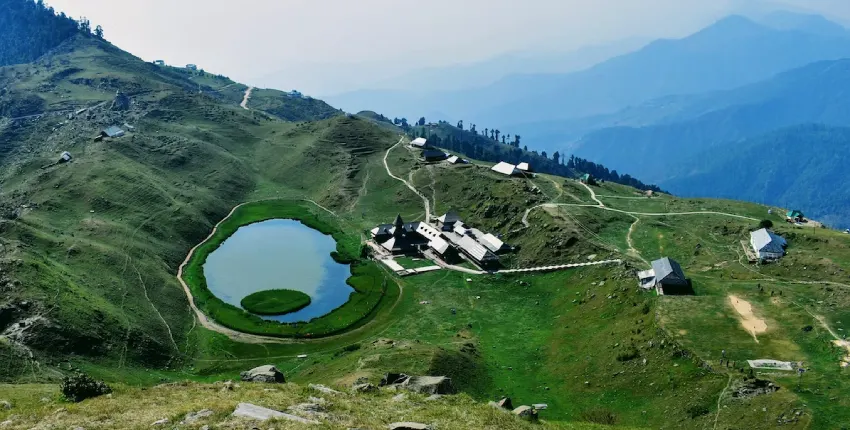
Prashar Lake, a hidden gem, captivates with its blue waters. Trek through snow-laden trails for an awe-inspiring experience, best enjoyed during April-June and September-November.
Prashar Lake’s hidden charm is vividly described by explorer Deepak, “The trek to Prashar Lake led me through a pristine forest, and the moment I glimpsed the lake’s azure waters, I felt like I’d discovered a secret realm of untouched beauty.”
- Be prepared for the trek to Prashar Lake with proper trekking attire, sturdy footwear, and trekking poles for balance.
- Prashar Lake’s weather can be unpredictable, so carry layers, rain protection, and warm clothing, especially if you’re camping overnight.
Weather Wonders Seasons in Himachal’s Lake Paradises
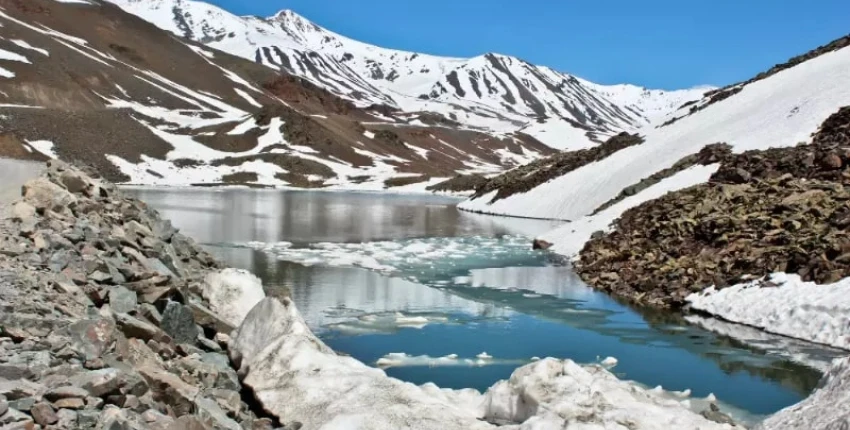
Weather shapes the lakes’ allure. Enjoy boating and blooming landscapes in summer. Embrace the frozen magic of winter, turning lakes into glistening marvels.
Adventure enthusiast Aditya adds, “Boating in the gentle summer breeze contrasts beautifully with the exhilaration of exploring frozen lake surfaces in winter.”
- Opt for layered clothing in summer to stay comfortable during temperature fluctuations. In winter, bundle up with insulated jackets, gloves, and beanies.
- Wear sunscreen, sunglasses, and a hat during the sunny months to protect yourself from the strong Himalayan sun.
Trekking Tales Himachal’s Lakes Off the Beaten Path
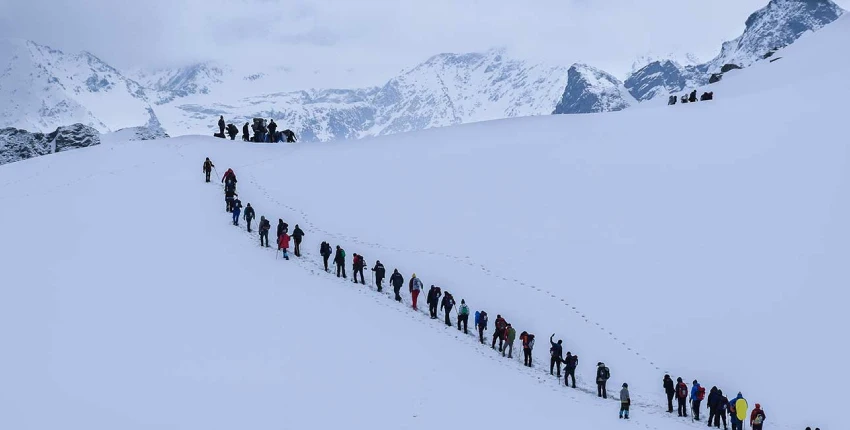
Trek to remote lakes for unparalleled experiences. Traverse challenging routes, unveiling untouched landscapes. Engage with nature intimately in these hidden corners of Himachal Pradesh.
Offbeat trekker Megha shares her journey to lesser-known lakes, “Navigating through challenging terrains, I discovered lakes hidden like nature’s secrets. These remote oases are the reward for venturing into the untouched heart of Himachal.”
- Research and choose treks that match your fitness level and experience. Prepare with suitable clothing, equipment, and a guide if needed.
Leave a Reply